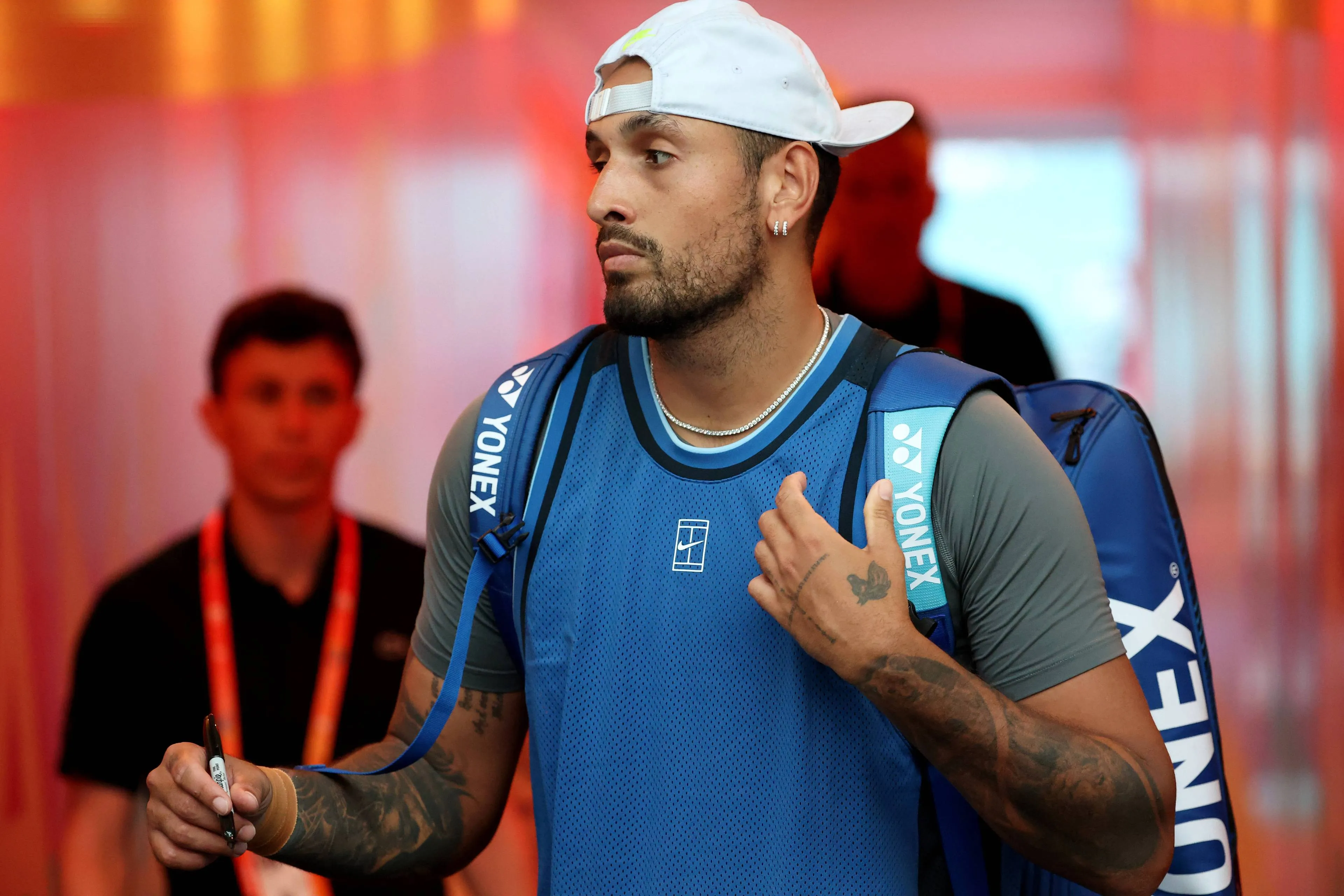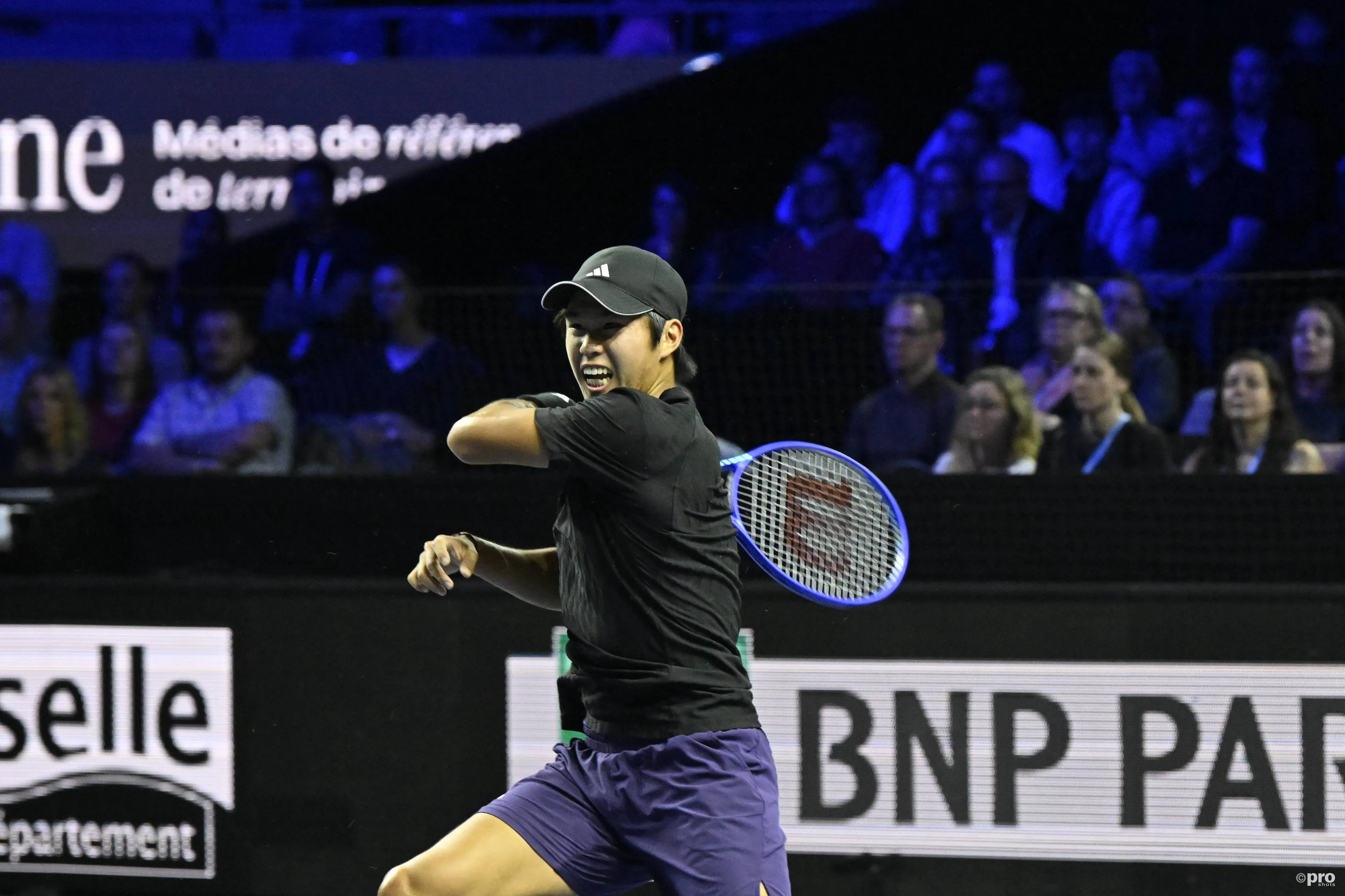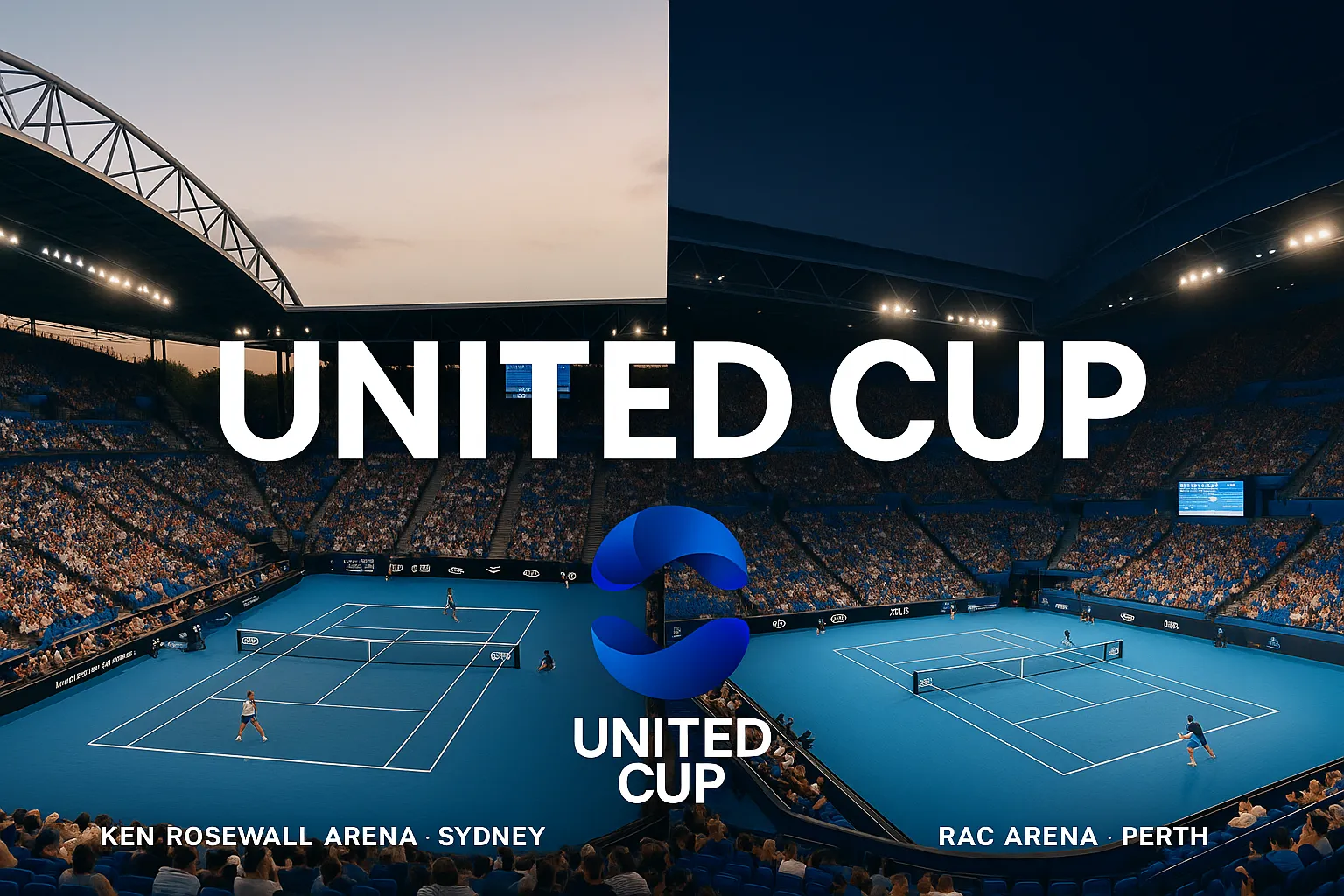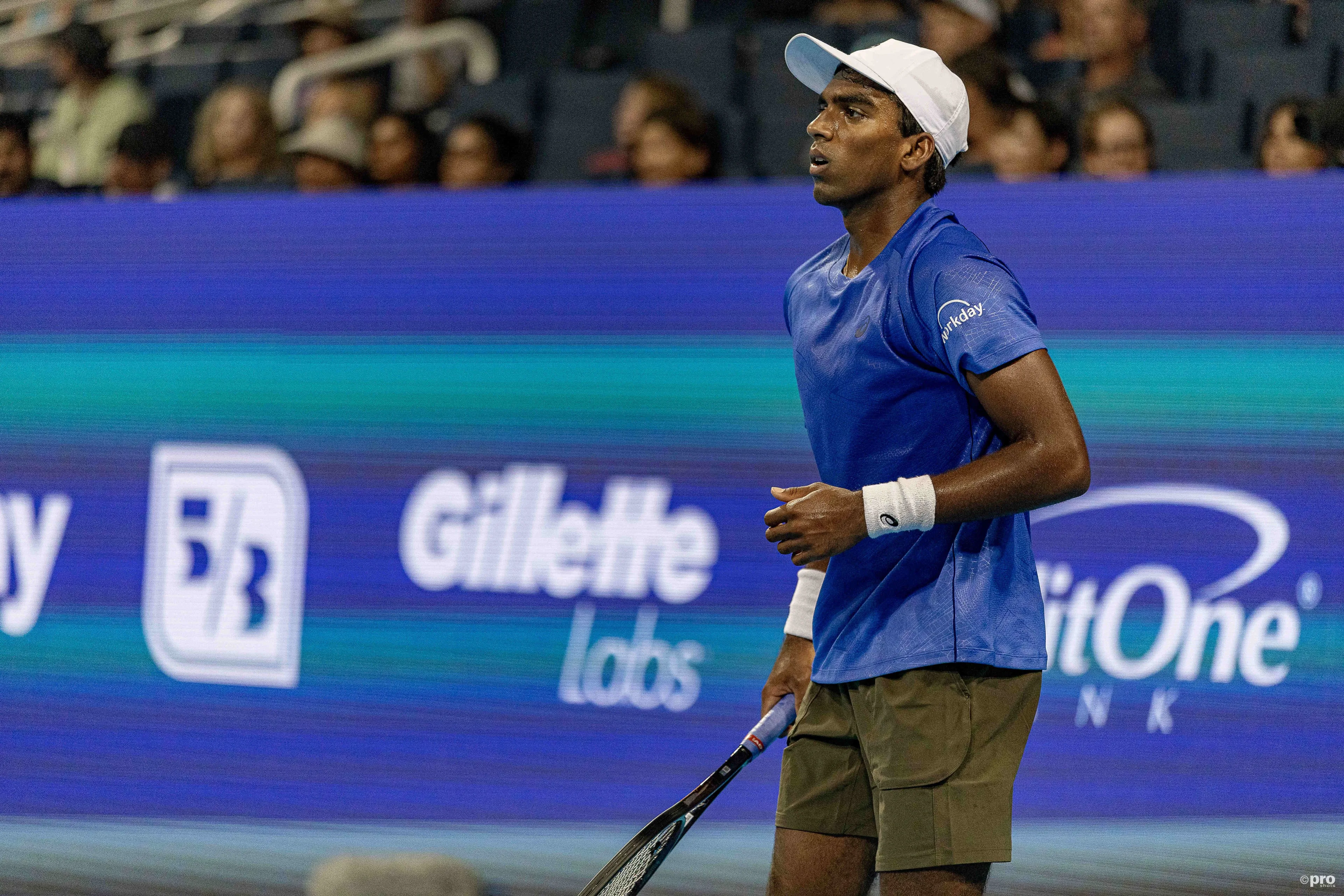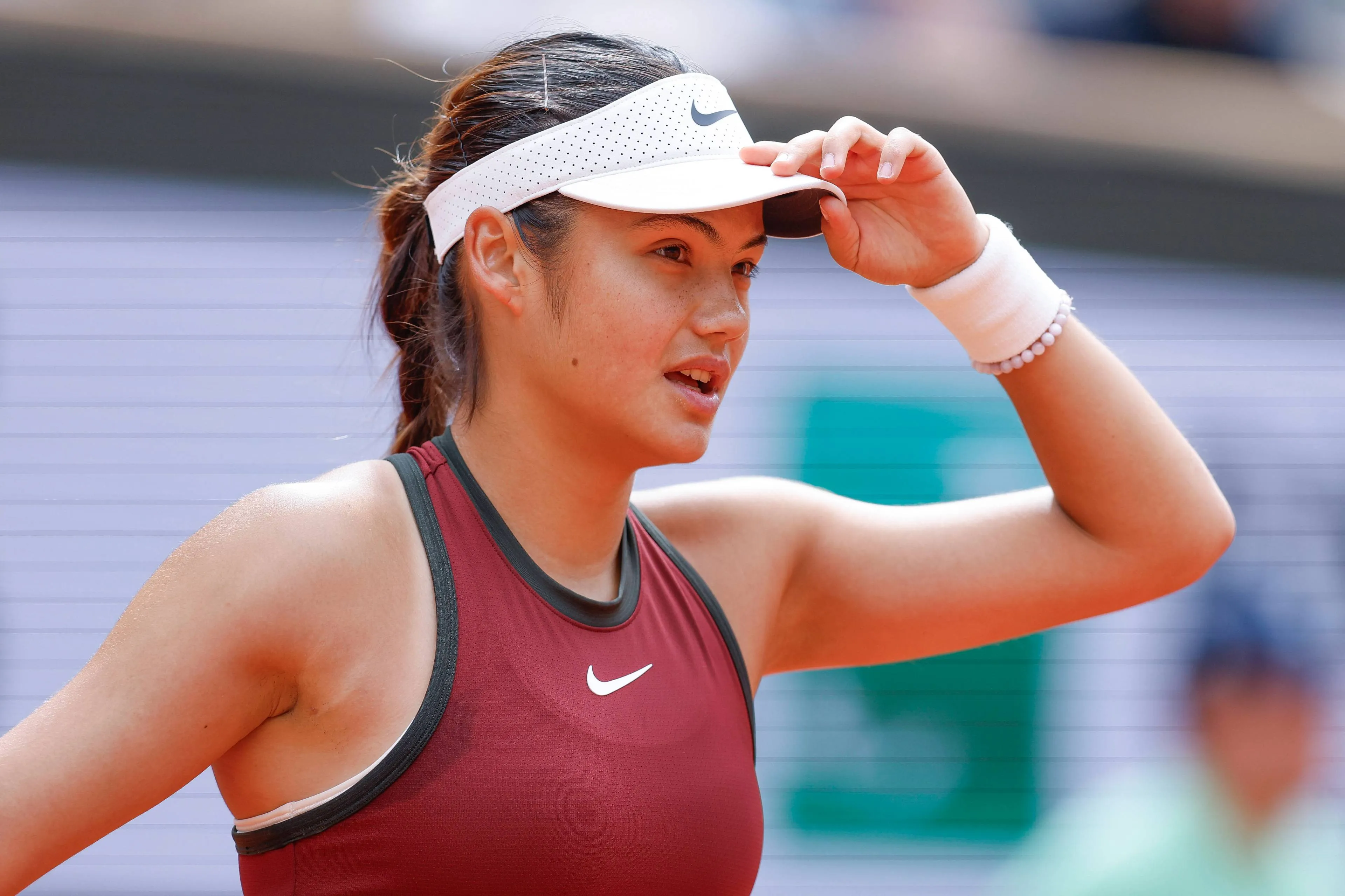Doping
Anti-doping suspensions in tennis, including the ATP (Association of Tennis Professionals) and WTA (Women's Tennis Association), occur when players are found to have violated anti-doping rules and regulations. Both organizations follow the anti-doping guidelines set forth by the World Anti-Doping Agency (WADA) and have their own anti-doping programs in place. Here's a comprehensive overview of anti-doping suspensions in ATP and WTA tennis:
1. Doping Control:
- Tennis players, both in ATP and WTA, are subject to comprehensive anti-doping programs. This includes in-competition and out-of-competition testing.
- Testing can happen at any time and location. Players must provide accurate information regarding their whereabouts to facilitate unannounced testing.
2. Prohibited Substances and Methods:
- Both ATP and WTA players are prohibited from using substances and methods listed on the WADA Prohibited List. This list is updated annually and includes various categories of banned substances and methods, from performance-enhancing drugs to recreational drugs.
3. Types of Violations:
- Anti-doping violations in tennis can result from the presence of a prohibited substance or its metabolites or markers in a player's sample (doping offense).
- Violations can also occur through the use or attempted use of a prohibited substance or method (possession offense).
- Tampering with the doping control process, such as refusing to provide a sample or providing a manipulated sample, constitutes a manipulation offense.
4. Consequences:
- When a player is found to have committed an anti-doping violation, they can face various penalties, including suspensions from competition.
- The length of the suspension depends on factors like the type and severity of the violation, the player's history of anti-doping violations, and the specific banned substance involved.
5. Provisional Suspensions:
- Players may be provisionally suspended from competition as soon as an anti-doping rule violation is alleged, pending the results of the adjudication process.
6. Appeals:
- Players have the right to appeal anti-doping decisions to an independent tribunal (TAS). The appeal process allows for a thorough review of the case.
7. Public Disclosure:
- Anti-doping suspensions are publicly disclosed, including the player's identity, the nature of the violation, and the length of the suspension.
Full list of notable doping cases in tennis
Over the years, several notable ATP and WTA players have faced anti-doping suspensions. These cases have generated considerable attention in the tennis world. The latest infamous case was Simona Halep.
Andre Agassi: The former World No. 1 was found to have used methamphetamine in 1997. However, the punishment was not formally handed down after Agassi blamed the positive result on a spiked drink.
Mariano Puerta: The 2005 French Open finalist received a suspension after a positive test.
Guillermo Cañas: Canas was an Argentinian player who received a suspension after a positive test.
Richard Gasquet: French player Gasquet was suspended for testing positive for cocaine.
Martina Hingis: The former World No. 1 was also suspended for testing positive for cocaine.
Wayne Odesnik: Odesnik was first sanctioned in 2010 for the possession of human growth hormone. He was off the ATP Tour from April 2010 to August 2011 after pleading guilty in Australia to importing HGH. He denied using the drug, and repeatedly said he never tested positive.
Marin Čilić: The Croatian professional tennis player was suspended in 2013 after testing positive for nikethamide, a banned stimulant.
Maria Sharapova: The former World No. 1 was suspended in 2016 after testing positive for meldonium, a substance that was added to the banned list that same year.
Robert Farah: The Colombian professional tennis player was provisionally suspended in 2020 after testing positive for Boldenone, a banned anabolic steroid.
Sara Errani: The Italian professional tennis player was suspended in 2017 after testing positive for letrozole, a banned substance.
Nicolás Jarry: The Chilean professional tennis player was suspended in 2020 after testing positive for ligandrol and stanozolol, both banned substances.
Viktor Troicki: was banned for 18 months for failing to provide a blood sample during the Monte Carlo Masters. He claimed he asked for permission to miss the test because he was unwell, but the ITF rejected that explanation.
Simona Halep: The two-time Grand Slam champion was given a four-year ban for anti-doping rule violations. The International Tennis Integrity Agency (ITIA) announced that Halep tested positive for the banned substance roxadustat at the US Open in 2022. She was also found to have irregularities in her Athlete Biological Passport (ABP), which monitors an athlete’s selected biological variables over time. The ban is backdated and will run from October 7, 2022, until October 6, 2026. Halep is appealing.
Mikael Ymer: was recently suspended for 18 months. This suspension was due to him missing three out-of-competition doping tests within a 12-month period. The decision was made by the Court of Arbitration for Sport after it partially upheld an appeal from the International Tennis Federation. Ymer was initially charged by the ITF in January 2022 after his third whereabouts violation at a Challenger tournament in France the previous November. He accepted his first two whereabouts failures but argued that in the third instance he had changed hotel but his agent had not made the necessary update. That was upheld by an independent tribunal, which cleared the player in June 2022. The ITF appealed that decision the following month, requesting a two-year ban for Ymer, and CAS imposed a slightly lower sanction, finding that “the degree of fault of the player, a professional and experienced athlete, was high”.
Jenson Brooksby: The rising U.S. tennis star was hit in 2023 with a lengthy ban by the International Tennis Integrity Agency after missing anti-doping tests.
Jannik Sinner: Jannik Sinner may be suspended for the French Open and Wimbledon next year, even if he is banned from tennis for a shorter period than has been proposed by the World Anti-Doping Agency (WADA). Sinner tested positive for the anabolic steroid clostebol in March but an independent tribunal accepted his explanation that the banned substance entered his body as a result of a massage from his physio, who had used a spray containing the steroid to treat a cut on their finger.
Iga Świątek: The world No 2 tennis player received a one-month suspension after testing positive for the banned substance trimetazidine. Iga Swiatek tested positive for trimetazidine (TMZ), three days before her first match at the Cincinnati Open. She received notification of the anti-doping rule violation a month later on 12 September.
Tennis authorities, including the ATP and WTA, work diligently to enforce anti-doping rules to ensure fair competition, protect athletes' health, and maintain the integrity of the sport. Players are responsible for knowing and complying with these regulations, and their participation is conditional on adhering to anti-doping protocols.
It's essential for tennis athletes to stay informed about the latest anti-doping rules, maintain transparency in their whereabouts, and exercise caution when it comes to medications and supplements. Ignorance of the rules is not typically accepted as an excuse for anti-doping violations.
News
Just In
Popular News
Latest Comments
- King and Williams -- the two people in Women's sports I dislike the most (for differing legitimate reasons).
- "Lose, Lose" ?? Yes, but not for other women; just this one. However this sort of nonsense has the potential to bring new people to the sport. As I recall, that was one result of the Riggs-King 'match'.
- To be clear -- she is not making a "career move" with sponsors. She has been losing partial and full sponsorship(s). Perhaps, should she stop her on-and-off tournament play, sponsors will be more willing.
- Hopefully, some day, mandatory DNA testing will prevent such a thing in WTA.
- Wow! Someone (author) is over-the-top impressed with Mercedes!! NEWSFLASH: The general public could care less what brand name is associated with any sport. What many are indeed interested in is -- Where is that obscene amount of money going?
- The current screwed-up appeasing state of Society makes it very difficult for sports to Right the Wrong of allowing Males to compete against females -- and vice-versa -- simply because one 'believes' they are a different gender. DNA testing is an obvious step toward Truth. Biology does not lie... you are what you are regardless of what one thinks. Moreover, using permanent surgeries to manipulate one's body also does not change its Biology. I like to believe I am extremely wealthy, with unlimited funds in my accounts... but the banks and retailers say it is not so. End of Fantasy.
- Forgot to add... I have nothing against white people.
- Good on them!! This betting disease is going to go one of two ways: Either it will be entirely restructured from the irresponsible "business model" it is; or be forced to return to off-line avenues. If this current situation continues, it will not end well for sports nor betting entities.
- Here's a "challenge"... stop withdrawing from, and/or cancelling, so many tournaments.
- I was ignorant once as well, in my Teens. May I recommend a dictionary? BTW: She has been called many, many, MANY names... and she earned every one of them!
Loading





